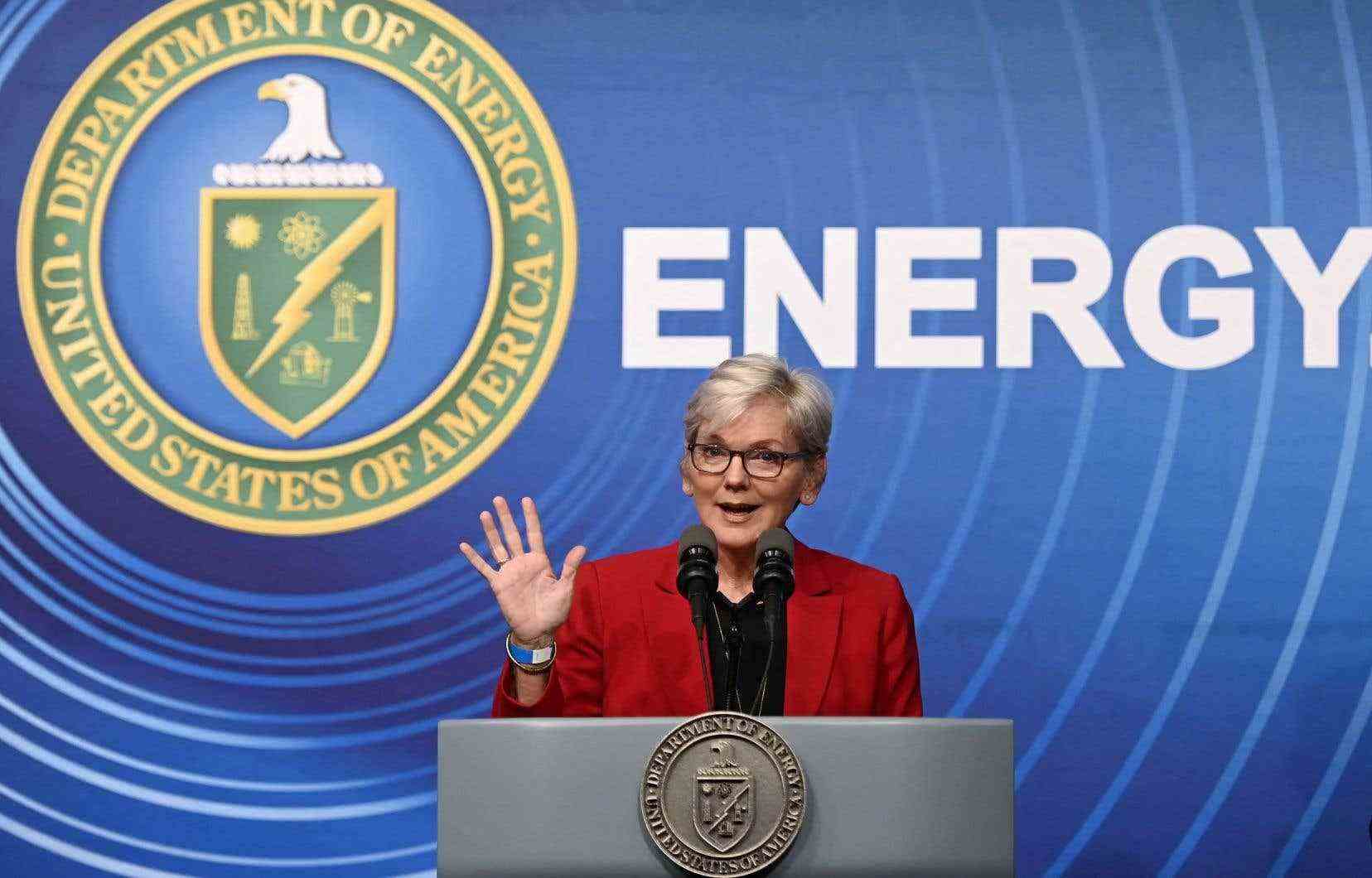The United States announced on Tuesday a historic scientific breakthrough in the field of nuclear fusion, which could within a few decades revolutionize the production of energy on Earth.
For decades, researchers around the world have sought to develop nuclear fusion, which, according to its defenders, could allow humanity to break its dependence on fossil fuels, responsible for global warming.
An experiment, carried out last week, has for the first time succeeded in producing more energy than that used by lasers to cause the reaction, announced in a press release the Lawrence Livermore National Laboratory (LLNL), located in California and which depends on the US Department of Energy.
This success will be found “in the history books”, declared at a press conference the Minister of Energy, Jennifer Granholm.
The announcement, which had already been leaked to the press for a few days, provoked the enthusiasm of the scientific community throughout the world.
Currently, nuclear power plants use fission, which works by splitting the nucleus of a heavy atom, releasing energy. Nuclear fusion, on the contrary, is the fusion of two light nuclei, which form a heavier one.
This reaction is what powers the stars, including our Sun. Thanks to the extreme heat and pressure conditions that prevail there, the hydrogen atoms fuse to form helium, producing an immense amount of energy in the process.
150 million degrees
On Earth, this process can be achieved using ultra-powerful lasers.
The National Ignition Facility (NIF), which depends on the Californian laboratory, is the largest laser system in the world, being the size of a sports stadium.
Around 1:00 a.m. on December 5, no less than 192 lasers were aimed at a target as small as a thimble, in which was placed a tiny capsule made of diamond, and containing isotopes of hydrogen. (deuterium and tritium).
The lasers generated a temperature of around 150 million degrees, ten times the temperature of the Sun, causing the hydrogen atoms to fuse together. The reaction only takes a fraction of a second.
The scientists thus produced about 3.15 megajoules of energy, originally delivering 2.05 megajoules via the lasers, according to the statement.
However, 300 megajoules of energy drawn from the electrical network were required to activate the lasers – making the operation overall still loss-making. But according to scientists, it will be ultimately possible to overcome this problem.
“Our calculations suggest that it is possible, with a large-scale laser system, to achieve an output of several hundred megajoules,” explained Kim Budil, director of the Lawrence Livermore National Laboratory. “But we are still far from it. »
decades to achieve
Making this solution viable on an industrial and commercial scale will thus take another “decades” (but less than five), she said.
Many technological improvements are still required: not only to increase the net energy gain produced, but also to allow the experiment to be repeated multiple times per minute.
However, to limit global warming, it is absolutely necessary to reduce greenhouse gas emissions as much as possible today, insist all the climate experts.
Despite everything, such a result finally provides proof of a physical principle imagined decades ago.
Fusion has many advantages over fission: it carries no risk of nuclear accident and produces less radioactive waste. Above all, compared to coal or gas power plants, it does not generate any greenhouse gases.
Other nuclear fusion projects are in development, in particular the international ITER project, currently under construction in France.
Instead of lasers, the so-called magnetic confinement technique will be used: the hydrogen atoms will be heated in a huge reactor, where they will be confined using the magnetic field of magnets.
Experts stressed that further research for these two techniques — lasers and magnetic confinement — was necessary.
“What we want is to maximize potential paths to success, so we want to pursue these different approaches to see what works,” NIF physicist Tammy Ma said Tuesday. “Fusion is so important to humanity. »
